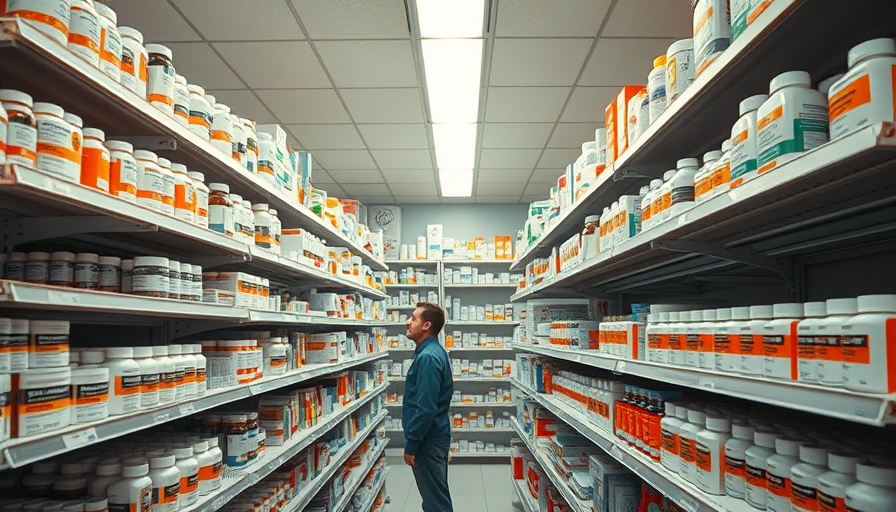
A Shifting Landscape in Pharmacy Access
The pharmacy industry in the U.S. has witnessed a substantial transformation, with one in three retail pharmacies closing since 2010. This trend, highlighted by a recent study published in Health Affairs, sheds light on profound disparities in pharmacy access across the nation, particularly affecting independent pharmacies and marginalized communities.
Impact on Marginalized Communities
Independent pharmacies have been hardest hit by this trend, primarily due to their exclusion from pharmacy benefit managers' (PBMs) networks. This has notably impacted predominantly Black and Latino neighborhoods, as well as low-income communities, where the presence of an independent pharmacy may serve as the sole healthcare option. The closures exacerbate existing health disparities by limiting access to essential medications and services such as vaccinations and contraceptives.
Future Predictions and Trends
As large pharmacy chains continue to consolidate, the role of independent pharmacies is expected to diminish further, unless structural changes are implemented. Efforts to safeguard pharmacy services in marginalized areas are crucial to preventing the widening of healthcare gaps. Emphasizing community-based healthcare solutions and re-evaluating network inclusions could mitigate impending challenges.
Unique Benefits of Knowing This Information
Understanding these trends empowers wellness enthusiasts and eco-conscious individuals to advocate for community health options that support diverse and underserved populations. It highlights the need for active involvement in healthcare decisions that promote equity, ensuring that all demographics have equal access to the resources they need for improved wellness.
 Add Row
Add Row  Add
Add 




 Add Row
Add Row  Add
Add 



Write A Comment